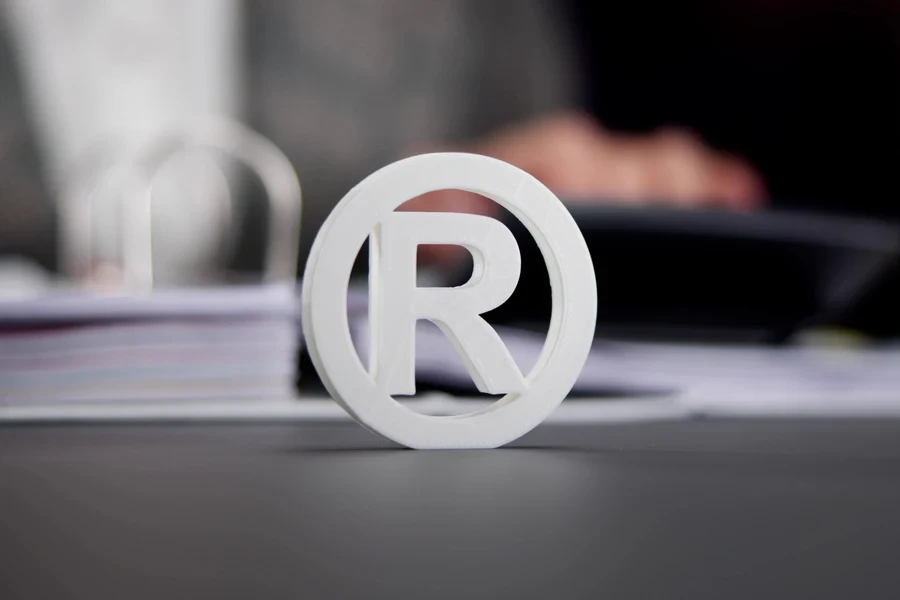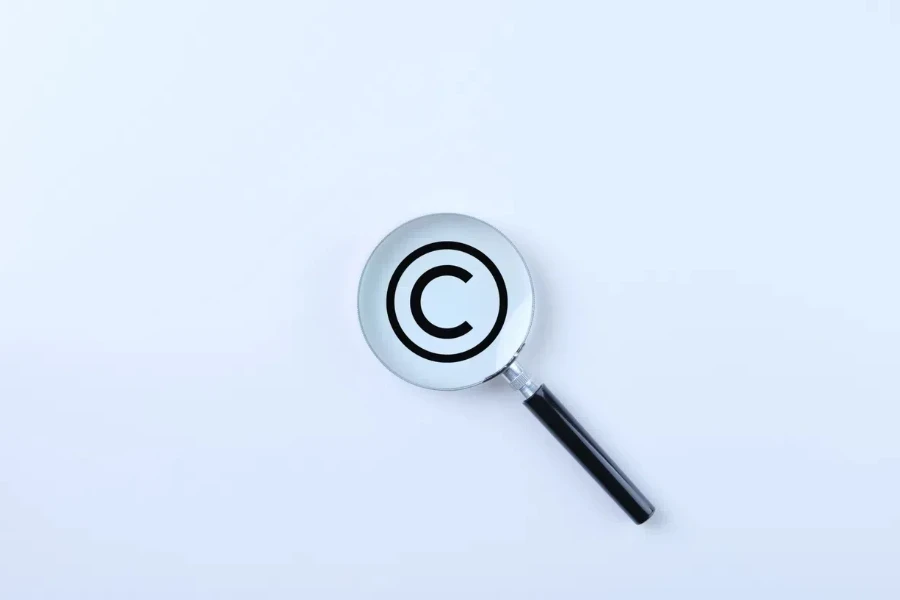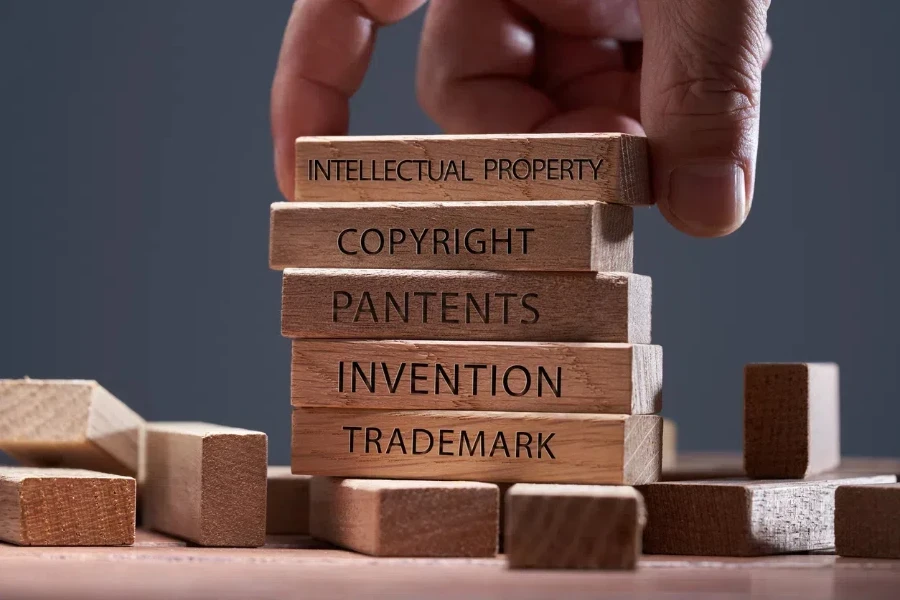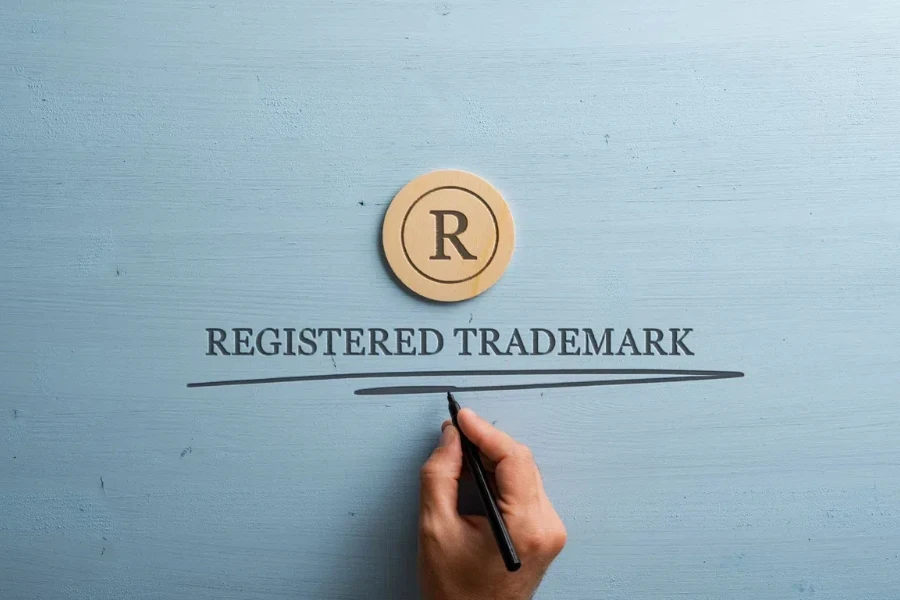Understanding intellectual property can feel overwhelming, but getting it right can help businesses protect the work they have created as well as save them from potential legal battles. That’s why it’s especially important to understand the differences between trademarks vs. copyrights.
In this article, we’ll explore the nuances as well as which is correct for various usage scenarios.
Table of Contents
Examples of trademarks
Examples of copyrights
Trademark vs. copyright: Similarities and differences
Trademarks vs. copyrights: How to register them
When do businesses need a trademark or copyright?
Summary
Examples of trademarks

A trademark is a legal way to protect a company’s unique logo, name, slogan, or anything that sets its products or services apart from others. Its application is intended to stop competitors from copying products or misleading customers, reducing the chances of confusion in the market.
When a business registers a trademark, it secures its brand identity, helping to build customer trust and loyalty. For this reason, trademarks are essential for protecting what makes any brand unique.
How long are trademarks valid for?
Trademarks can last indefinitely, just so long that they can be proven as still being used actively for commercial purposes. Trademark owners must file a Section 8 declaration every 10 years to ensure that it remains active. If they forget or don’t file, the law will consider the trademark “dead,” opening the door for someone else to claim and register it.
Examples of trademarks
Owners can trademark different parts of their business, like their name, logo, unique symbols, or even mottos. Here are some common examples of trademarks:
- Brand names: Pepsi, Gucci, and Instagram
- Brand slogans: “Shave Time, Shave Money” (Dollar Shave Club), “Just Do It” (Nike), and “The Happiest Place on Earth” (Disneyland)
- Brand logos: Nike’s iconic swoosh and McDonald’s golden arches
Examples of copyrights

Copyright law protects more complex creations, giving the creator exclusive rights to show, share, copy, or perform their work. If others use or reproduce parts of the work, the copyright owners may be entitled to compensation.
The U.S. Constitution even mentions copyright. Known as the “copyright clause,” the country’s founders understood the importance of protecting the rights of creators, which is why copyright is one of the key legal protections in the U.S. Today, copyright helps protect intellectual property worldwide.
Anyone can claim protection over products such as movies, TV shows, songs, books, and social media posts. This protection lasts for the creator’s lifetime plus 70 years, after which the work enters the public domain for anyone to use.
Examples of copyrights in business
Copyright can cover a wide range of creative works, like:
- Original designs for products, like clothing or furniture
- Literary or artistic works, like books, music recordings, photographs, or graphic designs
- Intellectual works like software or computer code. Even a business’s website content (if they created it) can be protected by copyright.
Copyright symbols can often be found in books or on protected images. Using copyrighted material without permission may result in copyright infringement, a serious offence.
Trademark vs. copyright: Similarities and differences

Trademark and copyright laws are similar since both protect a person’s intellectual property. However, some key differences set them apart:
Similarities
Both trademark and copyright give businesses long-term protection over their creations, helping to prevent others from using the work without permission. They are tools anyone can use to safeguard their ideas and hard work from unauthorized use.
Differences
While a trademark protects things like a business’s name, logo, or slogans that define the brand, copyright covers more complex ideas and creations, ranging from product designs to books, photos, or videos. Although both are necessary for protecting various aspects of a business, they cover different types of creations.
Trademarks vs. copyrights: How to register them

How to register a trademark
Small businesses may find it beneficial to work with a trademark attorney to register trademarks. Since trademarks must be unique, brands should first search the USPTO’s Trademark Electronic Search System (TESS) to ensure their desired name, logo, or phrase is available. They can also claim “dead” trademarks that no one has maintained.
After finding something unique, businesses must submit a trademark application with the following:
- Applicant’s name, address, and legal status
- Contact information for future correspondence (if different)
- A drawing of the mark (not needed for names of words)
- A detailed description of the mark
- List and class of services or goods it covers
- Examples of the mark in use
- Date the mark was first used
- A signed and dated form (by you or a representative, like a lawyer)
- Depending on the trademark type, a filing fee payment between US $225-625
Once businesses complete the trademark application, they can submit it through the Trademark Electronic Application System (TEAS). Within this system, there are two options: TEAS Plus and TEAS Standard. TEAS Plus is cheaper, easier to use, and has a lower rejection rate. However, it’s only available if the goods or services match those listed in the Trademark ID Manual. If the trademark covers something not listed in the manual, brands will need the TEAS Standard, which allows them to provide a custom description.
How to register a copyright
While businesses can, in most cases, handle copyright registration themselves, it may also be preferable to work with an attorney to ensure your documents are in order. However, to qualify for a copyright, the work must be original and “fixed in a tangible medium” like online, print, or film.
After confirming the work meets these requirements, businesses should submit three things to the U.S. Copyright Office:
- A completed application form: Businesses can fill this out online, which is cheaper and faster than sending it via mail
- A filing fee: US $45 for an electronic filing for a single author/work, US $65 for a standard electronic application, and US $125 for a paper application. Businesses can use attorneys to determine additional fees they may need to pay.
- Copies of the work: Businesses may need to submit several copies, depending on what they want to protect
When do businesses need a trademark or copyright?

Businesses wanting to protect their brand identity and reputation will use trademarks, helping to prevent customer confusion. Trademarks also give brands legal options if someone were to, for example, copy their branding in order to siphon off customers.
Conversely, businesses that create detailed, creative works (like literature, art, or videos) will need copyright protection. Copyrights safeguard their innovative efforts and give them legal recourse if someone uses their work without permission.
Summary
Trademark and copyright are terms businesses have probably seen before, with symbols like ™ or © appearing on brand names, logos, or titles. While they are familiar to many, their specific purposes might not be readily apparent. Understanding these differences is crucial for any business to successfully protect its innovations and products.




